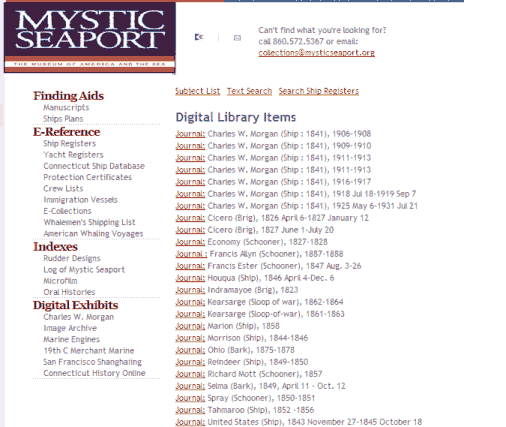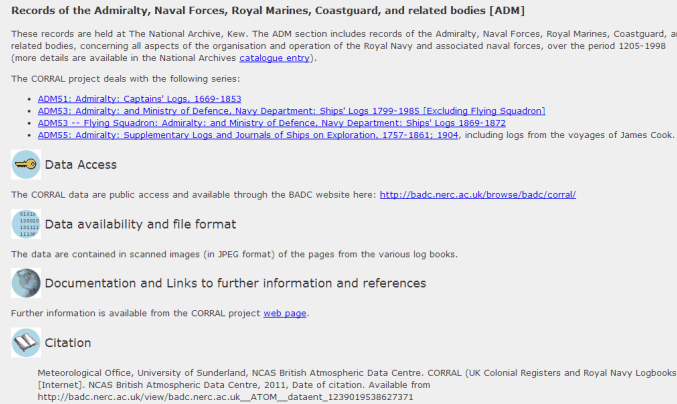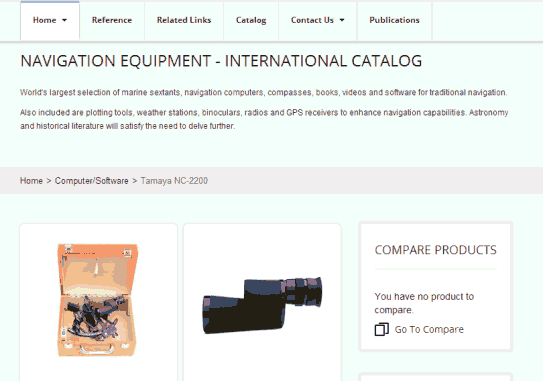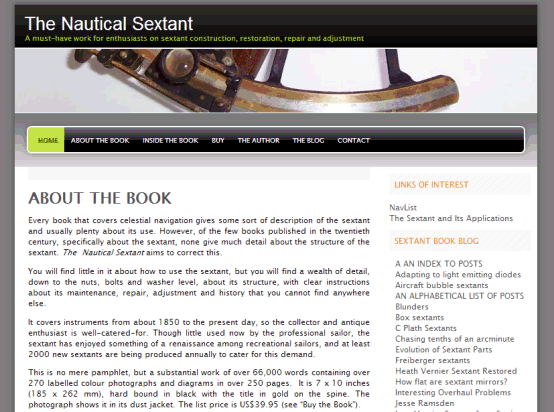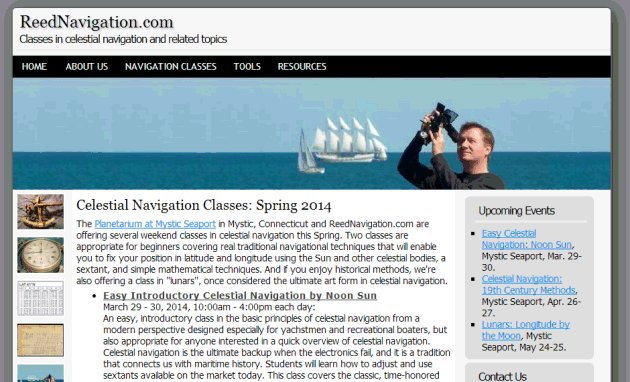I decided to check the accuracy of the selected star pages in H.O. 218. These tables are entered
with name of star, latitude and hour angle of the star not Aries as is done with H.O. 249. Because
of this difference in procedure it is not convenient to compare H.O. 218 with H.O. 249 for
selected stars.
After entering the table you take out computed atltiude, “t” which is a correction factor for the
change in the star’s declination since the date of the tables, 1941, and the azimuth angle which
must be converted to azimuth for
plotting the LOP. There is a multiplication table provided
which is entered with “t” and the current year and the correction to computed altitude is taken
out. This table ends in the year 2000 but since it is a simple multiplication table it can be easily
extended to the current year or the correction could be computed with a calculator.
The methodology I utilized was to first extend the multiplication table to the year 2010 I then
chose a half dozen stars and computed their altitudes using H.O. 218 and the extended
multiplication table. I then went to the Navy website at:
and entered the date of March 15, 2010, a latitude of 30̊ north and longitude of zero. Since the
website returns the GHA of the body, selecting a longitude of zero made the hour angle the same
as GHA. I then adjusted the time to arrive at the same hour angle (GHA) as I had used in H.O.
218 and took out computed altitude, azimuth and refraction
correction. I then added the
refraction correction to the computed altitude and compared the total with the altitude from H.O.
218, they should be the same. In the case of Altair, where the Hc was about ten degrees, I also
added the one minute additional correction from table VI in H.O. 218.
The result of my tests showed that the H.O. 218 derived Hcs for the six cases I tried were within
one minute of arc of the values derived from the Navy website. Since the “t” correction does not
correct for the star’s proper motion I did not expect perfection but the results show that the
accuracy is good enough for practical navigation.
I will go through two examples. The first is for the star Fomalhaut, latitude 30̊ north, hour angle
15̊. H.O. 218 returned the values of Hc = 28̊ 24', “t” = +18 and Z = 165̊ (ZN= 195̊). To adjust
the “t” value for the 69 years that had elapsed since 1941 I looked at my
extended multiplication
table and found the adjustment to be + 21.4', which added to the tabulated Hc produces 28̊ 45.4'.
I then went to the Navy website and adjusted the time to 12:26:11 GMT (by trial and error)
which produced a GHA for Fomalhaut of 14̊ 59.9', Hc of 28̊ 44.5 refraction correction of 1.8
and a Zn of 194.9̊. Adding the refraction correction to the Hc produced 28̊ 46.3', which is 0.9'
greater than the value from H.O. 218.
Going through the same steps for Altair, with an hour angle of 83̊, H.O. 218 tabulated Hc = 10̊
27', “t” = +5, and Z = 86̊ (ZN = 274̊). The correction for 2010 for that value of “t” is 6.4'
making the corrected Hc of 10̊ 33.4'. Using a time of 13:51:02 GMT produced a GHA of 83̊,
Hc of 10̊ 27.7', refraction correction of 5.1' and a Zn of 274.3̊. Adding the refraction correction
to the Hc produces 10̊ 32.8'. Since this is a low altitude we have to add one minute to
this
producing a total of 10̊ 33.8', only 0.4' greater than the value from H.O. 218.
So it appears that even this many years after these tables were printed that they still produce
altitudes that are within one minute of arc of modern tables and computer programs and are
usuable for practicle navigation.
gl
----------------------------------------------------------------
NavList message boards and member settings: www.navlist.net/NavList
Members may optionally receive posts by email.
To cancel email delivery, send a message to NoMail[at]navlist.net
----------------------------------------------------------------


